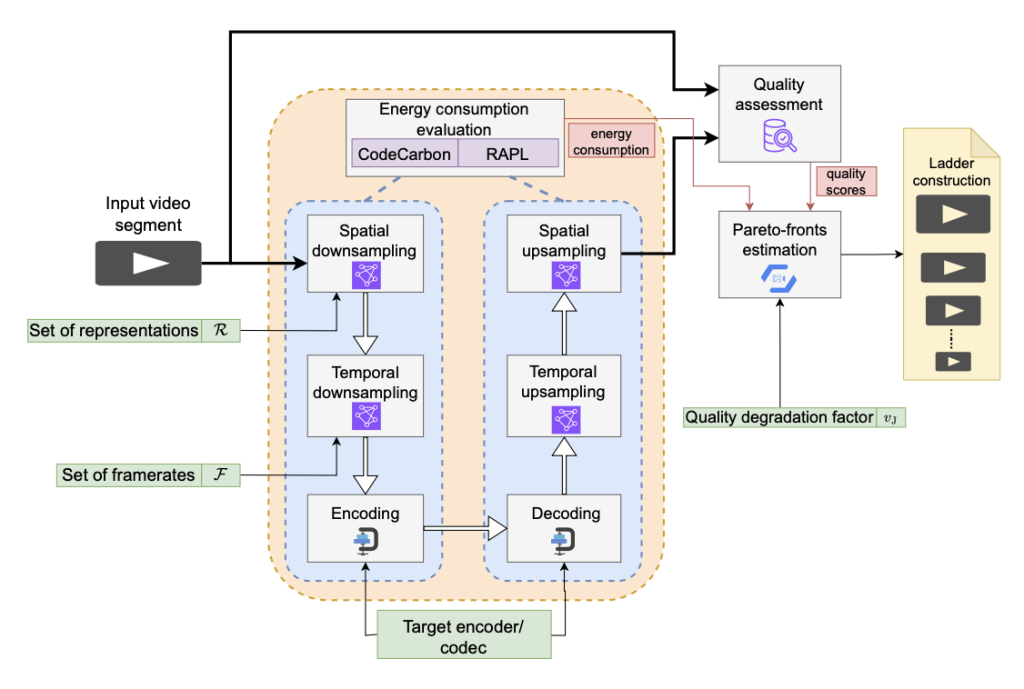Authors: Leonardo Peroni (UC3M, Spain); Sergey Gorinsky (IMDEA Networks Institute, Spain); Farzad Tashtarian (Alpen-Adria Universität Klagenfurt, Austria)
Conference: IEEE 13th International Conference on Cloud Networking (CloudNet)
27–29 November 2024 // Rio de Janeiro, Brazil
Abstract: While ISPs (Internet service providers) strive to improve QoE (quality of experience) for end users, end-to-end traffic encryption by OTT (over-the-top) providers undermines independent inference of QoE by an ISP. Due to the economic and technological complexity of the modern Internet, ISP-side QoE inference based on OTT assistance or out-of-band signaling sees low adoption. This paper presents IQN (in-band quality notification), a novel mechanism for signaling QoE impairments from an automated agent on the end-user device to the server-to-client ISP responsible for QoE-impairing congestion. Compatible with multi-ISP paths, asymmetric routing, and other Internet realities, IQN does not require OTT support and induces the OTT server to emit distinctive packet patterns that encode QoE information, enabling ISPs to infer QoE by monitoring these patterns in network traffic. We develop a prototype system, YouStall, which applies IQN signaling to ISP-side inference of YouTube stalls.
Cloud-based experiments with YouStall on YouTube Live streams validate IQN’s feasibility and effectiveness, demonstrating its potential for accurate user-assisted ISP-side QoE inference from encrypted traffic in real Internet environments.












